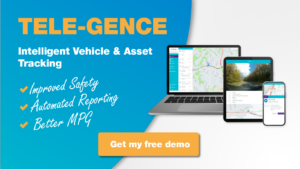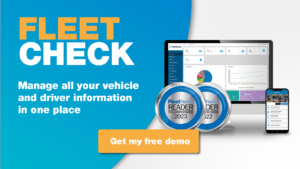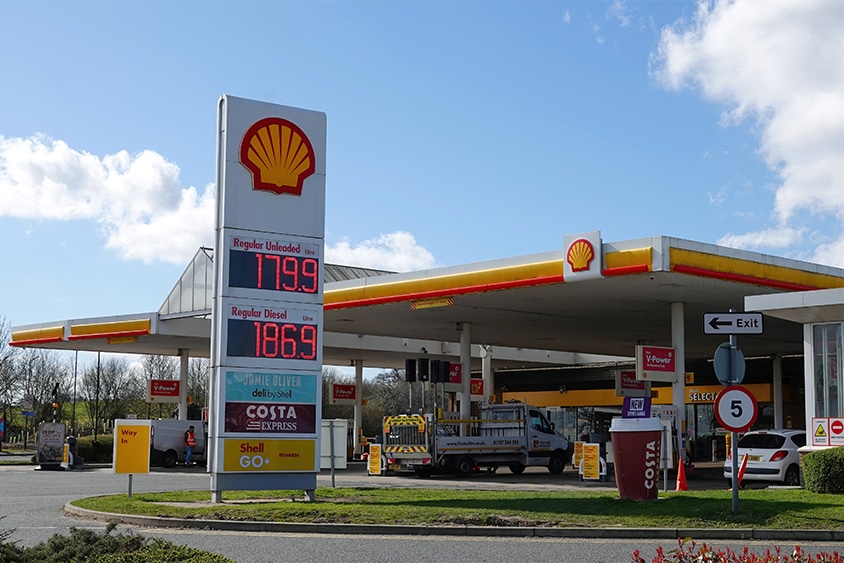If you are thinking of buying or leasing a company van or are looking to expand your fleet of vans, now is a great time to get to grips with or brush up on your understanding of company van ‘mechanics’. From taxing your vans and insuring them to ensuring you pick the right van for your requirements, there are lots of moving parts to consider.
In this guide, we’ll give you the low down on how company van tax and insurance works and will offer some key points to look out for that can help you to pick the right vehicles for your business and your drivers.
What counts as a company van?
Defining between a company car and a company van is vital to ensure that you are abiding by the right tax and insurance expectations. These fleet vehicles have different implications for businesses and HMRC has strict definitions of each which means mistakes can be expensive.
Three key criteria are usually required to be met for a vehicle to be considered a van:
- It is intended for the transportation of goods rather than people.
- It has a fully loaded weight of no more than 3,500kg.
- It has no windows in the load-bearing area of the vehicle.
There are some additional factors that might define a vehicle as a van, such as some larger taxi vehicles with certain goods loading capacities. If your fleet requires vehicles that aren’t clearly defined as vans by the first three criteria, then take care to fully clarify what type of fleet vehicle you are acquiring and what it means for tax and insurance.
Considerations and advantages of a company van for tax
Purchasing vans for company use can bring with it some significant savings. For example, you can reclaim the full amount of VAT on purchased commercial vehicles, which means a saving of 20% on vans bought for commercial use only.
However, there are some things to consider regarding the tax benefits of company vans that are important for both employer and employee to understand.
Company van Benefit in Kind
Are your drivers going to be using these company vans exclusively on the job, or will they be driving them for personal purposes? If the latter is the case, then your company vans might be subject to a BIK tax. It’s important that your employees are aware that the responsibility of BIK falls on them.
Cars and vans are both taxed as benefits in kind in this circumstance, though there are differences to how the tax is calculated. For information of BIK tax on company cars you can read our company car tax guide.
Company van BIK is a flat rate fee that currently stands at £3,960 per annum for 2023/24, and increase from £3,600 for the previous tax year. There are also additional leniencies that company van drivers can benefit from that company car drivers can’t, for example certain short personal errands are permissible without incurring this taxation.
Company van fuel benefit
In addition to company van benefit in kind, employees driving company vans might also be subject to fuel benefit. This applies when the employer covers the cost of fuel used for private use unless the vehicle is electric. This tax is set at £757 for 2023/34.
Electric company vans
Electric vans offer several tax saving opportunities that can help increase the viability of the shift from combustion engines to EVs. To begin, there is no road tax payable for fully electric vehicles, incentivising their uptake.
Additionally, as of 2021 electric vans qualify for 100% first year allowances, meaning that the full cost can be deducted from profits before tax. For 2022, that meant a saving of 19% against corporation tax.
How does company van insurance work?
Company van insurance or business van insurance will cover use of your van for work-related purposes, which can include commuting. The right company van insurance will also offer cover for the contents of your company van, which is essential for businesses that use these vehicles for the transportation of tools and equipment.
Like most vehicle insurance, company van insurance comes at three levels of coverage:
- Third-party
- Third-party, fire and theft
- Fully comprehensive
In addition to these fundamental types of cover, there will be insurance suppliers that offer company van insurance built to fit the needs of certain business types. Taking the time to assess all options to ensure you are finding the right type for your niche could help you avoid missing the best insurance deals and get the best coverage for your requirements.
Other things to consider
If you haven’t already got vans in your vehicle fleet, there are some other things worth considering as you begin the process of acquisition.
How old do you have to be to drive a company van?
If your staff hold a full UK driving license and are over the age of 17 then they can drive a company van. Whilst businesses such as van rentals have stricter terms on who can drive vans, for businesses building their own fleet it is only required that drivers hold the appropriate license, which for driving vans can be held from age 17.
Do you need a particular license to drive a van?
The standard driver license or category B license is sufficient to drive a van up to 3,500kg max loaded weight. If you need to drive a vehicle with a higher maximum load, up to 7,500kg, you will need to pass the C1 driving test.
Telematics for your van fleet from Fuel Card Services
Starting or expanding your fleet is a great prospect for business scaling and can open a lot of doors. Make sure you can manage your vehicle fleet, whatever vehicles it is comprised of, with telematics that are built to fit.
Tele-Gence is a leading fleet telematics service that is fully flexible and buildable, meaning you can create a telematics service that is shaped round your business and fleet. With a range of additional tools such as dash cams that can be added to your service, you can send your fleet out and confidently track drivers, capture incidents, and manage fuel use effectively; tools that can be invaluable should you need to make a claim.
You can learn more about Tele-Gence here or enquire today and our team will be in touch to help you out.








